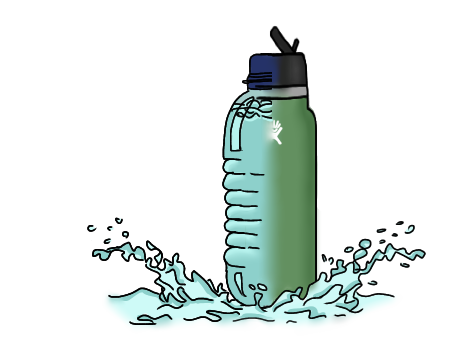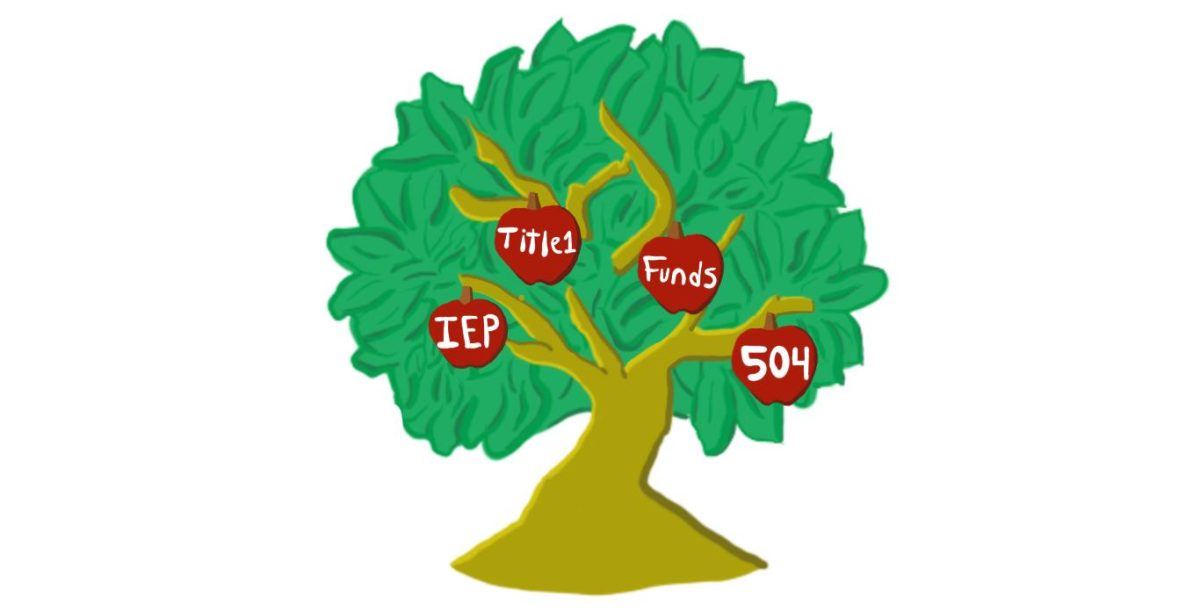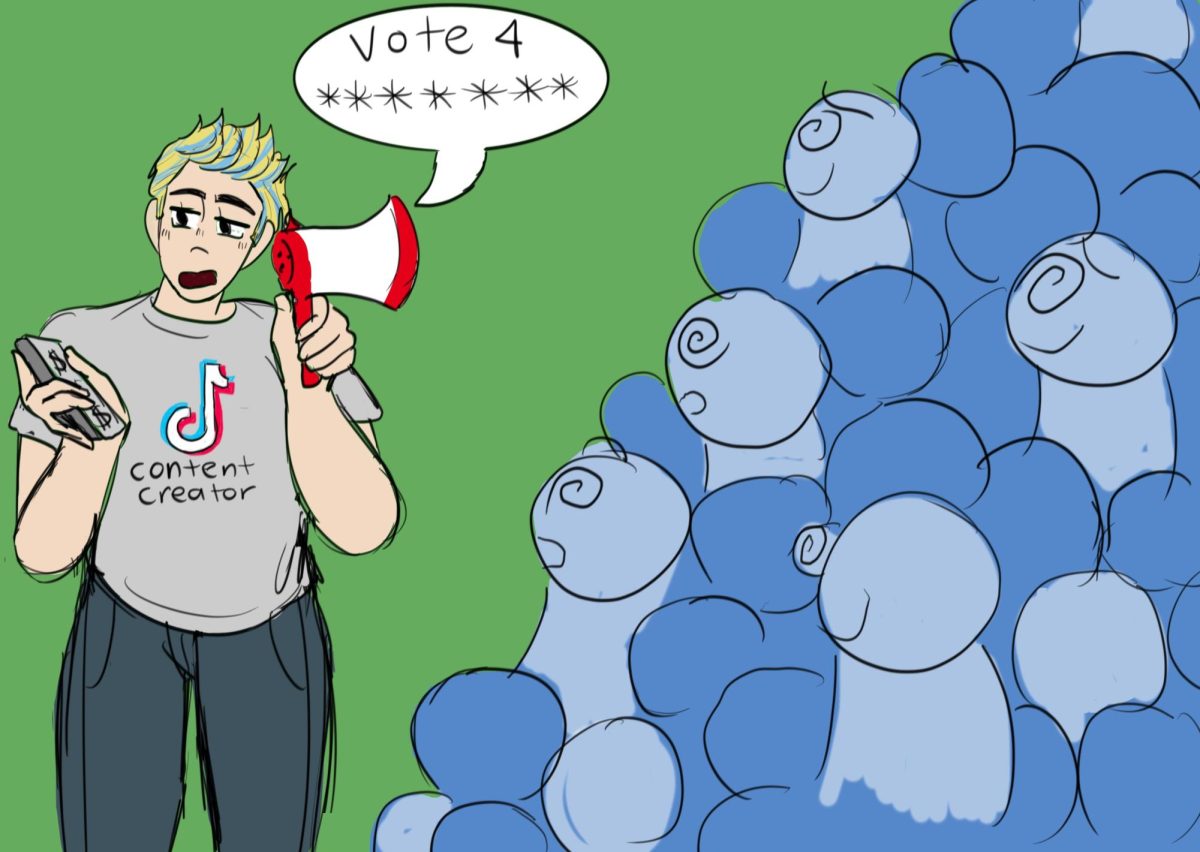Piled in rooms, left on streets, crushed and abandoned in classrooms, single use water bottles pollute many facets of life. As a result of their effects, movements have increasingly pushed for a ban on the use of plastic water bottles. Well known organizations such as the Los Angeles International Airport (LAX), San Francisco Airport and many national parks, have already introduced plastic bottle bans or are in the process of banning them. Despite the benefits of banning these bottles for environmental purposes and putting an end to their damages, many cities’ infrastructures are not nearly up to par with what would be required to propose and maintain a ban.
Regardless of the vast technological and infrastructural improvements made in recent years in the name of environmental protection and conservation, cities fall short of what’s needed to make one use water bottles unnecessary. Cities currently offering water fountains are found unreliable by locals, whether it may be because they simply do not work, or because the bowl is filled with obscenities. One plausible improvement would be the creation of water stations, not only would there have to be accessible water stations but these stations would have to provide reliable sources of water.
According to New York Times article, Plastic Water Bottles to Be Phased Out at National Parks – The New York Times, written by Christine Hauser, national parks are now required to brainstorm ideas on altering public behavior and habits, such as adding water fountains and bottle-filling station as they currently lack environmentally friendly methods. These tactics are similar to those that will eventually need to be implemented globally. Typically, the more developed a country, the better their infrastructure. England, one of the most developed countries today, is not just banning single use water bottles, but almost all single use plastic products.
In the article, Ban on single-use plastic for businesses in England, the North East Lincolnshire council states “the ban includes all single-use plastic cutlery, trays, plates, bowls […] and food containers used to supply food which is ready to consume.” The article further discusses what makes up England’s ban as well as how businesses can prepare for such an impactful ban. Though environmental rewards are predicted to be far reaching with a plastic bottle ban, the millions of dollars it would require cities to implement these policies becomes impractical and currently unrealistic for the United States (U.S.)
Though infrastructure might play a major role in the argument against this ban, one arguably larger problem with this ban and unpreparedness of the U.S., is the consequences it would have on the low income and homeless population. Without single use water bottles and a stable plan introduced by the U.S., donating water would be nearly impossible. Furthermore, due to the fact that few have access to reusable water bottles, without these single use bottles, they would have no way to transport their water supply.
In the blog entry, Banning Single Use Plastic Water Bottles Puts Us at Risk – Lessons from COVID-19, Part 1, an LA local named Chris Rowe explains his personal insights on the possible ban of single use plastic water bottles. He explains that the ban on one use water bottles would put people at risk because of the low quality and high contamination of not just LA’s water, but all of southern California’s major cities.
According to the map, OEHHA – California’s Office of Environmental Health and Hazard Assessment, it is displayed that much of San Diego is classified as greater than 60 percent on the Pollution Burden Percentile. This proves problematic when governments both state, local and national are trying to pass a bill that would result in more people drinking evidently contaminated water.
Riding off a water bottle policy, is the push for all plastic bottles to be banned, including hygiene containers such as the ones often in hotel bathrooms. In Single-Use Plastic Bans Bring Unintended Consequences, Cynthia R. Harris explains the repercussions bans would have on the people experiencing homelessness. She explains how heavily the homeless population and the organizations who support them rely on the little plastic containers, especially for hygiene needs.
Harris continues to elaborate on how “access to adequate sanitation is an ongoing challenge homeless individuals face.” Not only do they already struggle with sanitation but, “a lack of shelter often translates into lack of access to water,” which further enforces the argument that banning these seemingly small plastic containers could have a massive detrimental effect on millions of people. Similarly to the infrastructure issue, new policy and solutions would need to be put in place to replace the current plastic and make it so they are unneeded.
The idea of banning single-use water bottles may seem like a commendable solution to the pervasive issue of plastic waste, a closer examination reveals potential unintended consequences that could pose more harm to society. It speaks volumes that these corporations and England are the only places actually implementing the ban as it displays the preparedness issue the rest of the world faces in regards to this ban.








